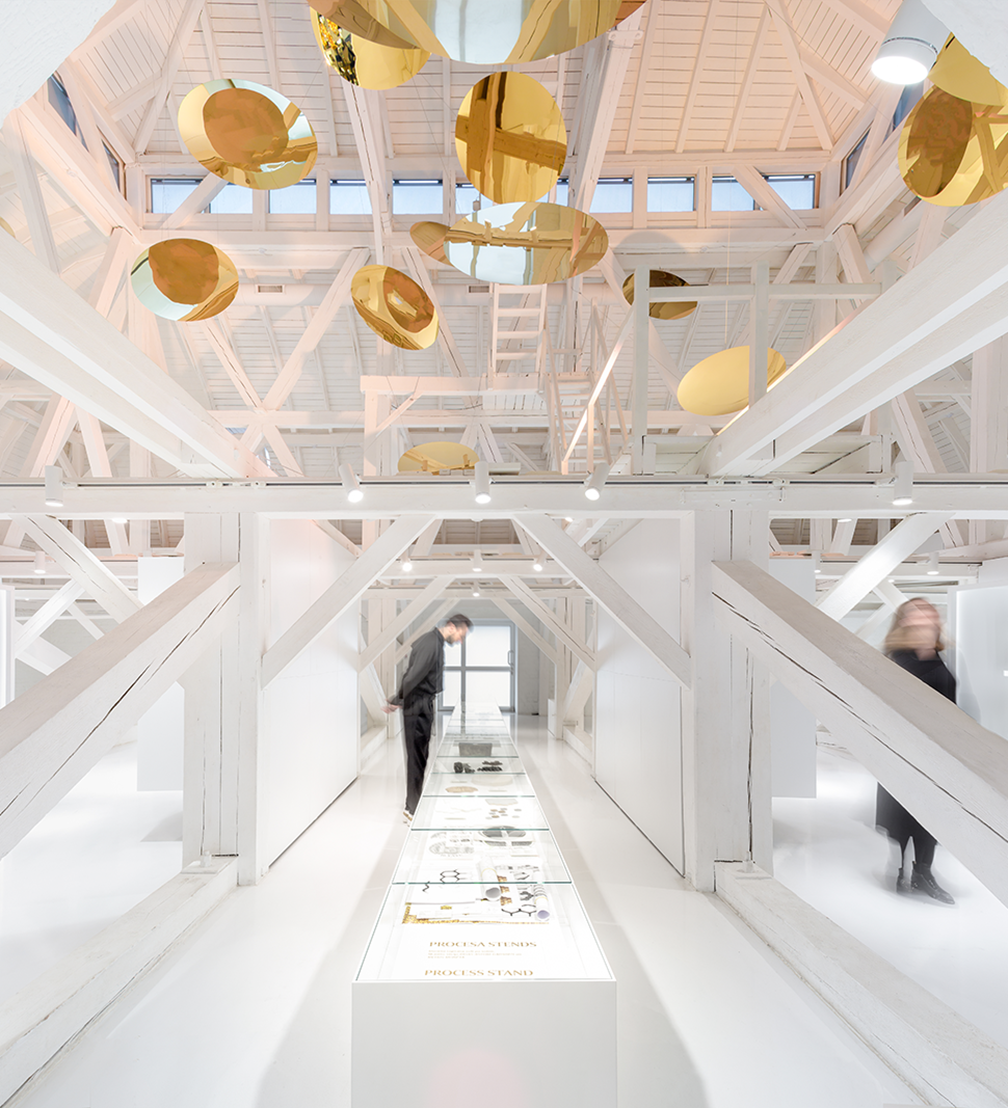
The centennial exhibition Our Values of Latvijas Banka (Bank of Latvia) at the Latvian National Museum of Art invites visitors to appreciate money not only as a means of payment, but also as a cultural and historical value. Designer Anete Krūmiņa writes about her visit to the exhibition.
To get to the centenary exhibition Our Values of Latvijas Banka, you have to go through the large–scale art object Our Sun, which covers the main entrance and facade of the Latvian National Museum of Art for the duration of the exhibition. There is an unusual commotion on the steps of the museum — some are looking at the installation, others are taking selfies, all this in the background of an uplifting buzz. Staying longer on the stairs and listening to the conversations strengthens the belief that, contrary to the realism trend of recent years, contemporary design objects in the urban environment have an audience in Riga. The disk–shaped installation consists of 369 children’s drawings on the theme of values, each of them turned into a gold relief, which will go to the author of the drawing after the end of the exhibition.
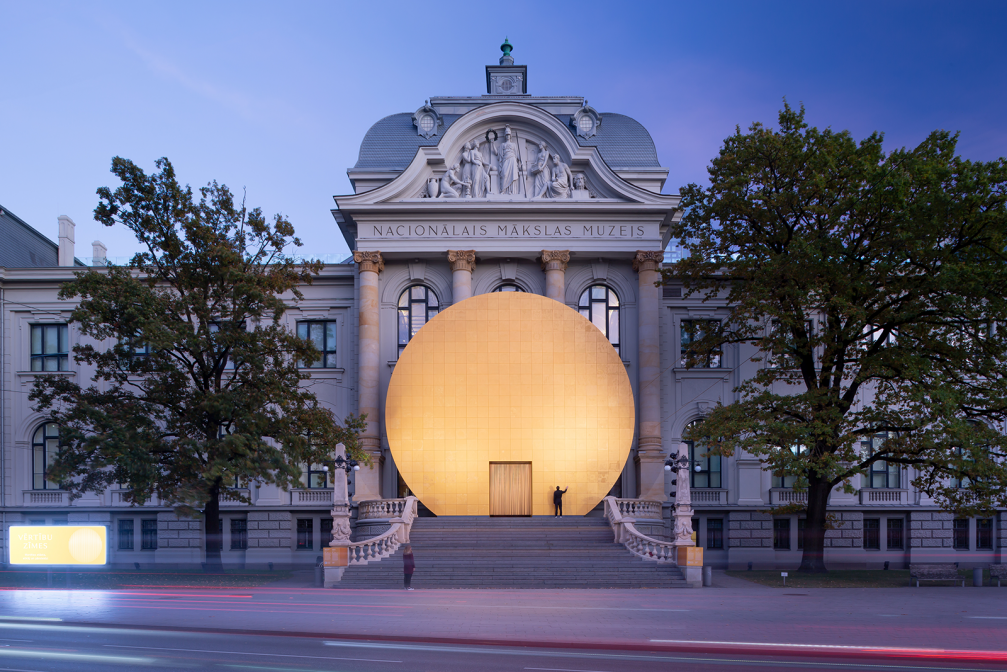
The exhibition created in cooperation with the Latvian National Museum of Art is based on the collector coins issued by Latvijas Banka, inviting visitors to consider money not only as a rational economic necessity, but also as an embodiment of cultural values and an art object. The exhibition consists of 80 coins from the collection, atmospheric exhibits from various memory institutions, a stand on the process of creating coins, two installations, and an interactive space, which together form a collection of stories.
Our Values is a meditative exhibition where you can leisurely experience both the distanced, aestheticized view of money offered by its creators, as well as the contemporary and high–quality design of the exhibition. The first week of the coin exhibition coincides with the end of the Purvītis painting exhibition — the museum hums with life, which was forgotten during the pandemic, and it is impossible to stay longer at one stand, because the flow of people imperceptibly forces you to join the common rhythm and move on.
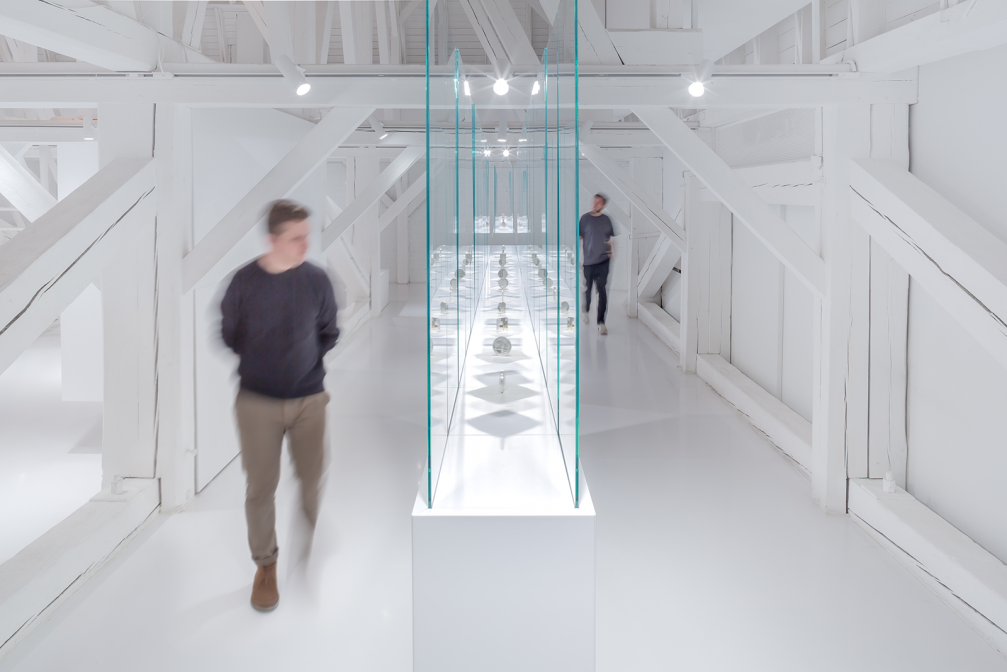
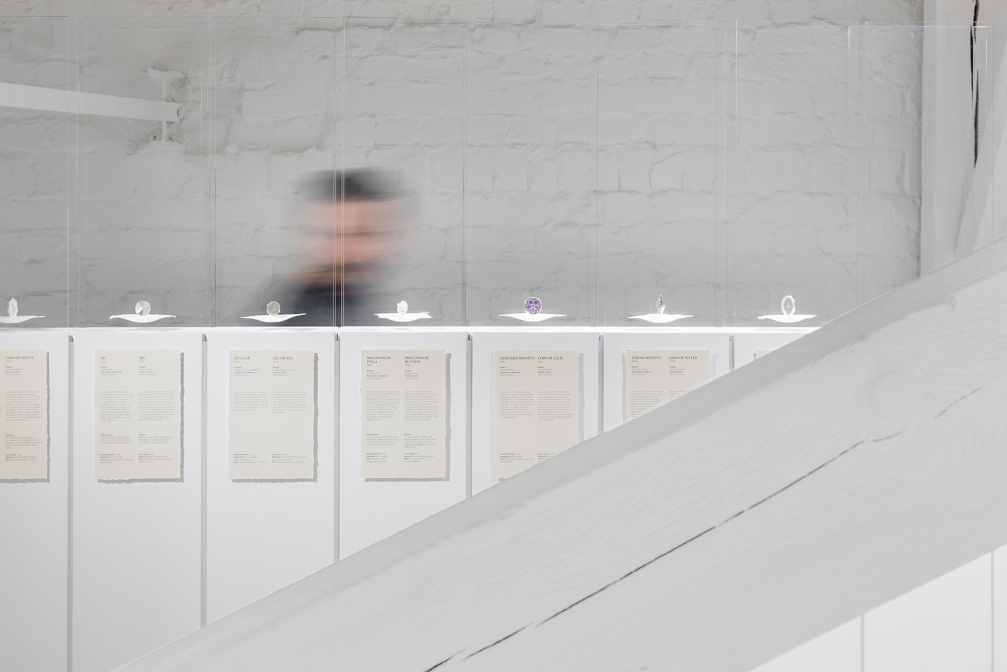
Money can be a tough topic, especially in times of global economic crisis. The arrangement of the exhibition, the materials used and display solutions purposefully construct a feeling of lightness. Exhibited in narrow and unusually high stands, collection coins of various denominations are presented with an airiness that seems to lift them above the current problems of the rest of the world. Each coin is placed on a small pad of paper and plastic that simultaneously levitates and rotates on its axis. Such a technological solution creates a sense of wonder while solving a common problem for exhibition designers — how to display a flat exhibit from all sides without cluttering the room with static duplicates. There is a feeling of a deliberate deconstruction of the elements of the exhibition arrangement — the glass domes above the exhibits are partially open, the historical editions and postcards are not covered by glass, their rough and worn textures are obvious, the texts are short and concise. Nothing is superfluous. Only the height of the stands raises the question of accessibility for children and people with mobility impairments.
The exhibition envisages a free course of the visitor’s perception, it is neither limited to a specific sequence of narration, nor consciously guided by clear space navigation. The dramaturgy and sequence of the story are left up to the visitor, allowing everyone to create their own exhibition route and wander through the money labyrinths on a freely chosen trajectory. The foundation of the exhibition is formed by eight thematic groups of collector coins, the concepts and selection criteria of which can be found in short video stories. Each of the groups is complemented by the Inspiration Cabinet — an aesthetic selection of objects, which allows you to look behind the scenes of coin design creation. However, without proper commentary, the exhibits remain mute. Often, the texts at exhibitions are too many and long, it is customary that the choice — to read or not to read — is up to you. Here, the decision is made for the visitors, relying on a sense–based understanding of each of the topics.
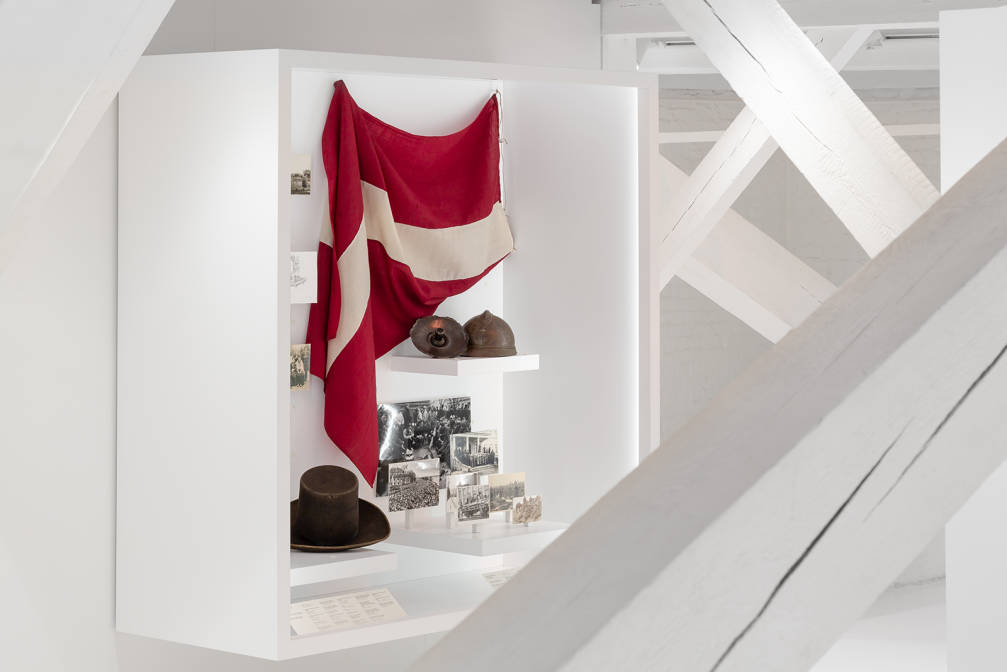
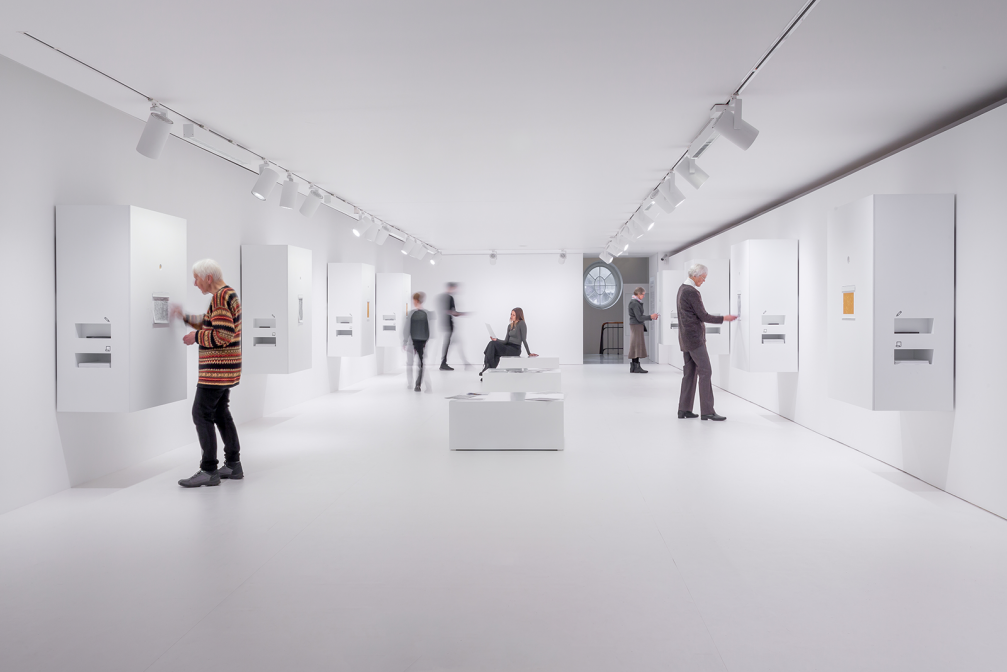
On the floor below, the immaculately clean Cupola Hall is replaced by an interactive space filled with graphite drawings and fingerprints. The museum supervisor is quietly grumbling about the dirty walls, replenishing the piles of paper and graphite pencils, while visitors of different generations gladly return to their childhood, colouring paper with pencils, not afraid to use the opportunity to mark the exhibition stands, as well as to see their work in the Latvian National Museum of Art at least for a moment.
A well–designed exhibition is a bodily experience in a space where a dosed, thoughtful and contextualised selection of exhibits is only one of the prerequisites for success. Equally important is the choice of a narrative structure that is appropriate for the space, the visitor’s experience, acoustic and technological solutions that help to communicate the exhibition’s message in a multimedial way. The overall feeling of the exhibition is unobtrusive and convincing at the same time, leaving enough free space in your head for feelings and reflections on what you experienced. There is also a bench where you can catch your breath and watch what is happening around you.
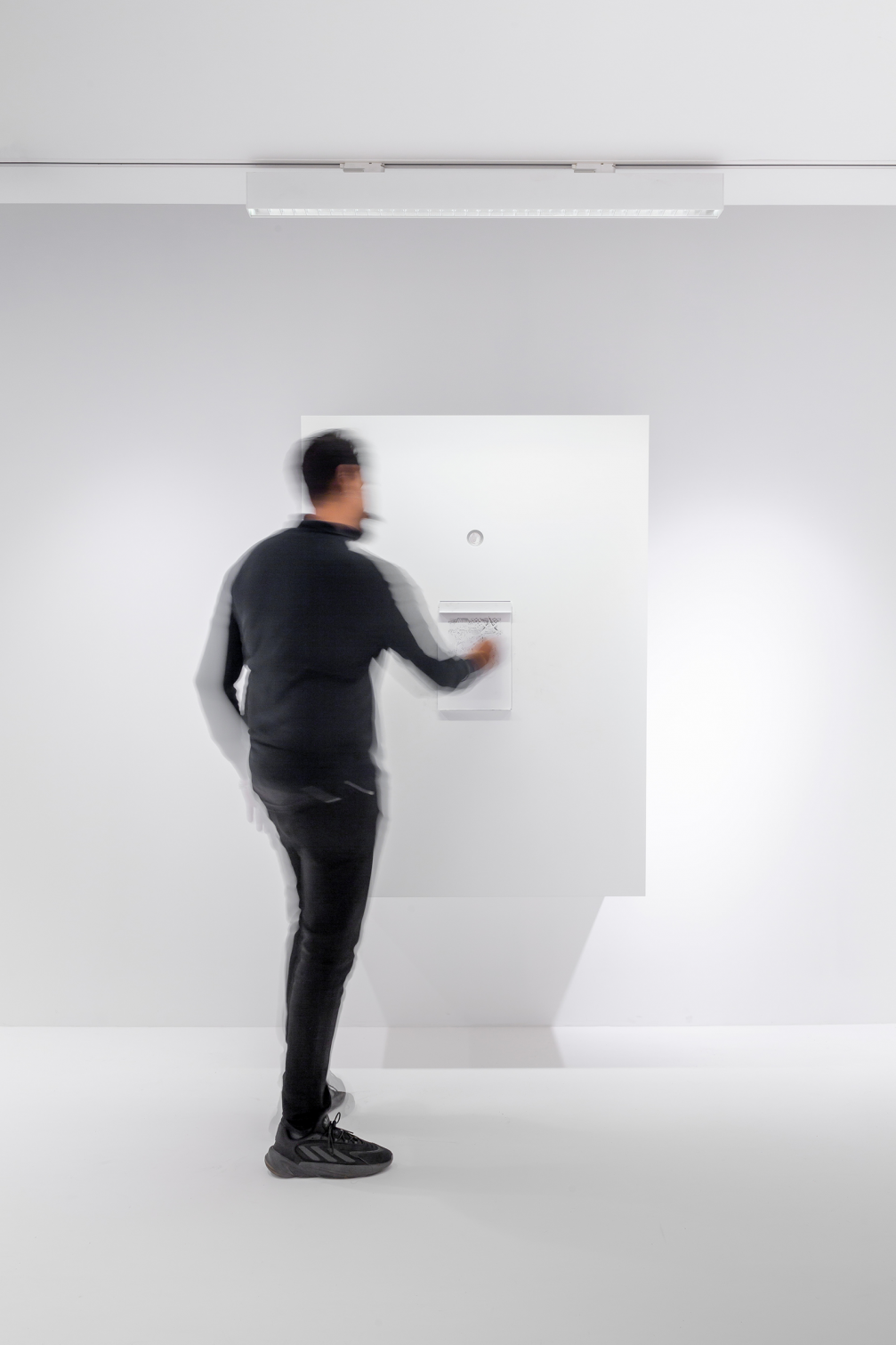
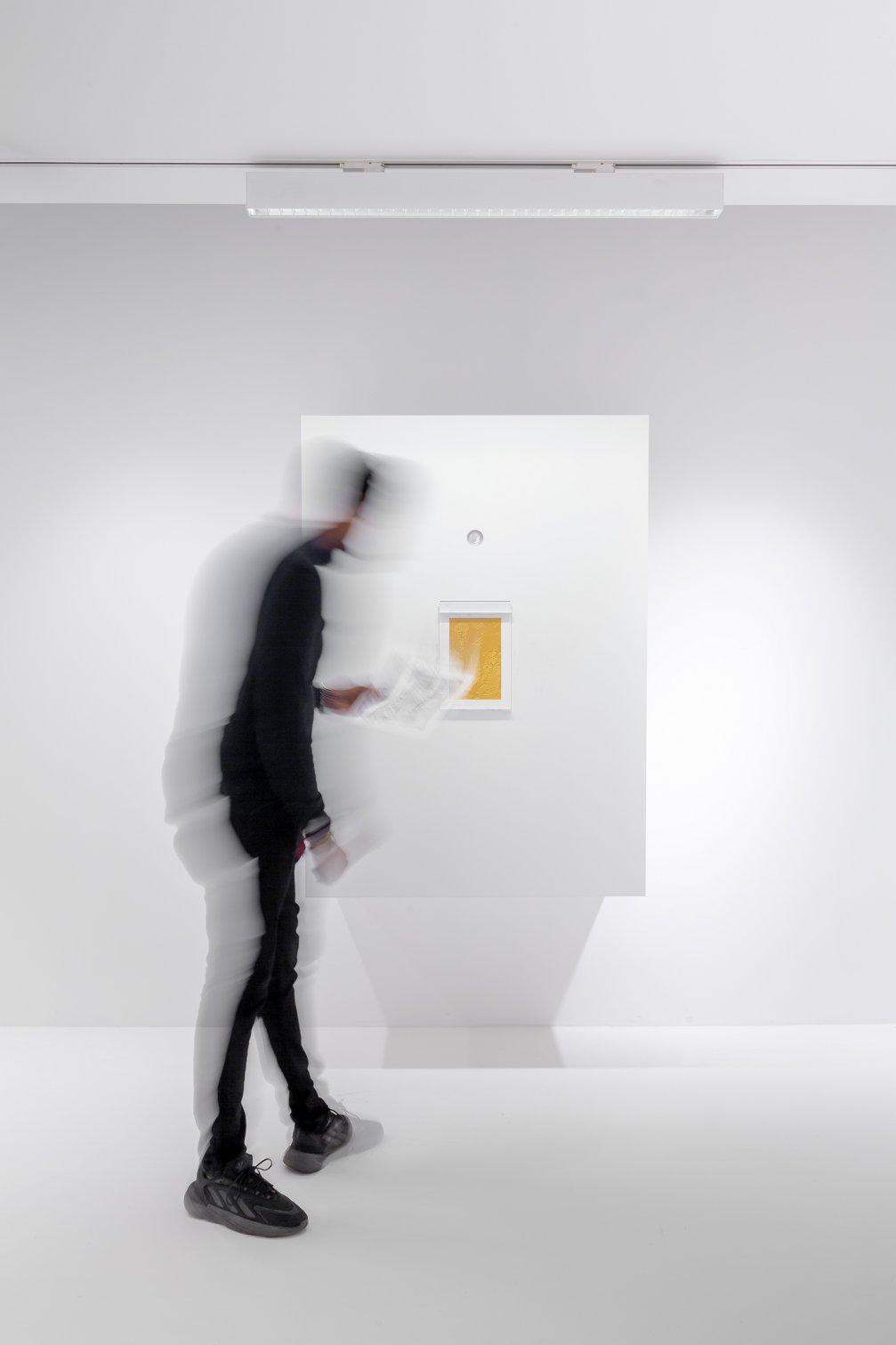
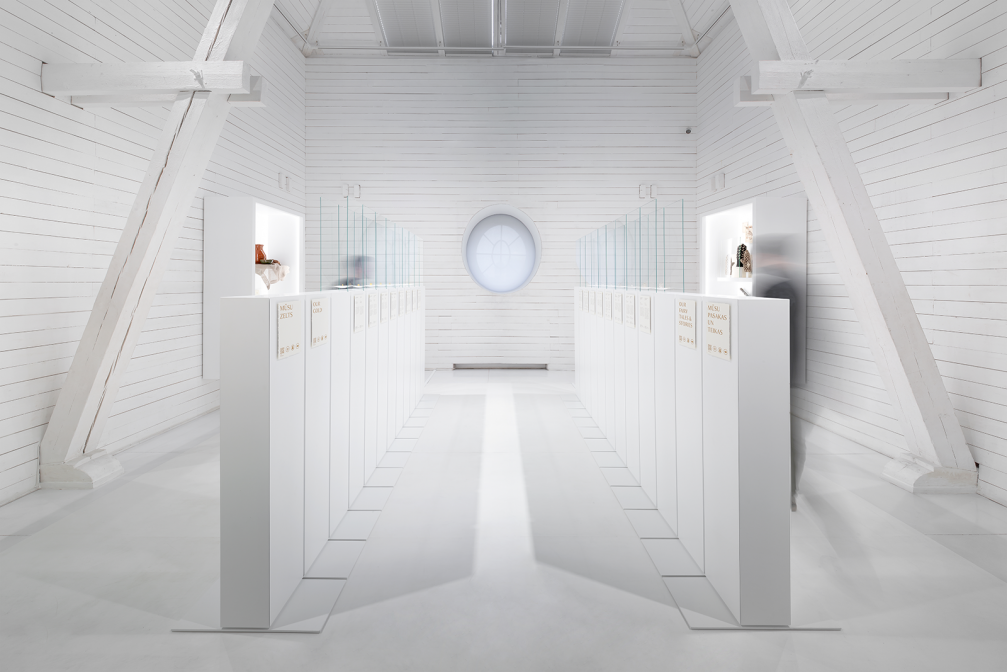
In spite of ethical considerations regarding the holding of an expensive exhibition in the current economic conditions, it provides a necessary relief from the daily gloomy news about the cosmic increase in heating and electricity tariffs, the course of the war in Ukraine, and the potential threat of nuclear war for a moment. It is difficult to convert the added value of cultural consumption into perceptible quantities. However, visiting a high–quality cultural event in a time of economic pressure only strengthens the belief in their necessity in any circumstances.
The centenary exhibition Our Values of Latvijas Banka can be viewed at the Latvian National Museum of Art until January 15, 2023. Follow the current programme of the exhibition on the museum’s website, as well as on social networks Facebook and Instagram.
The initiator of the exhibition is Latvijas Banka. Curated by Inese Baranovska, artistic concept by Artūrs Analts, graphic design by Edgars Zvirgzdiņš, the head of the educational programme is Anna Pūtele. Audio track of the exhibition by Brauer, video and editing by Ivars Burtnieks, technical implementation of the exhibition by design office Yes We Can.
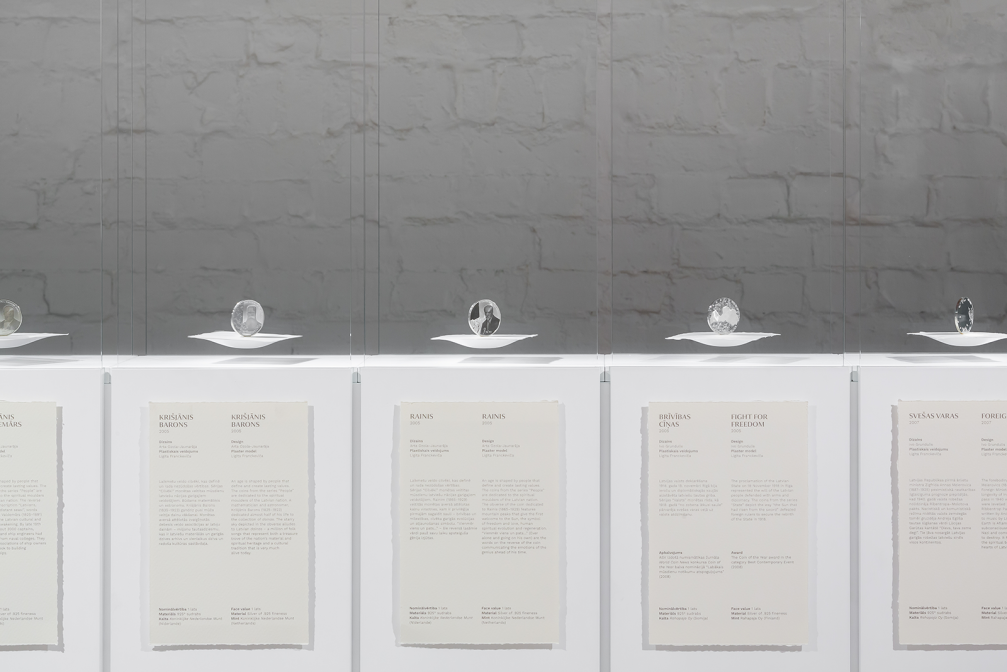
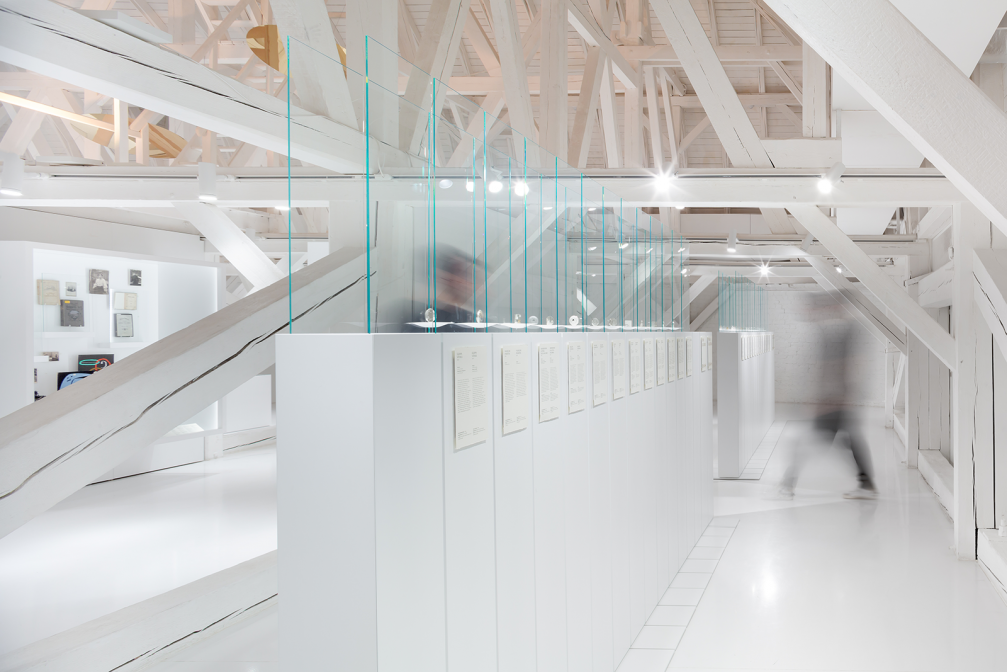
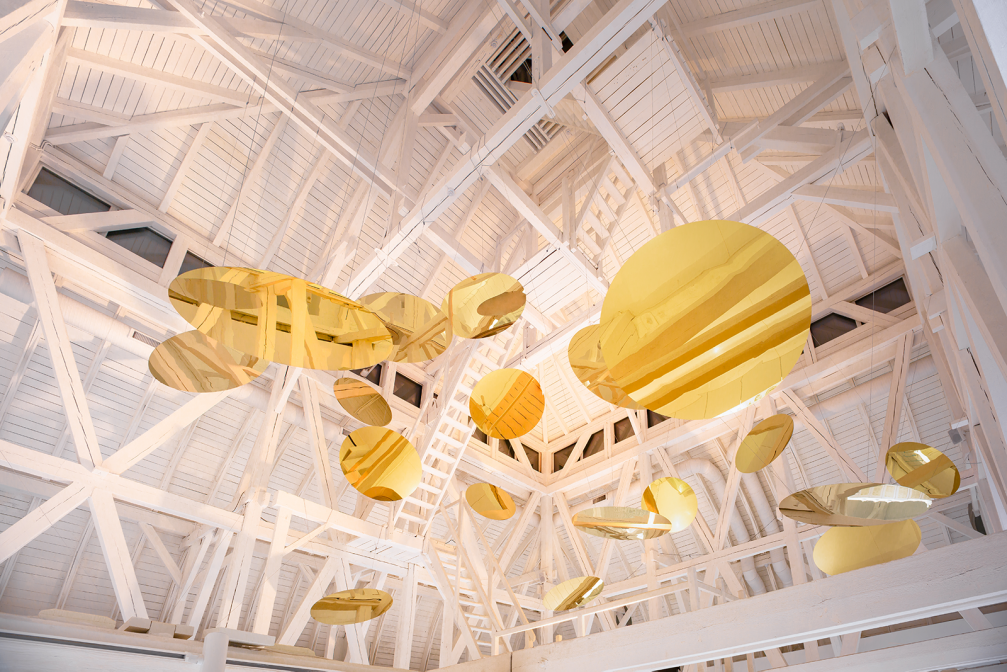
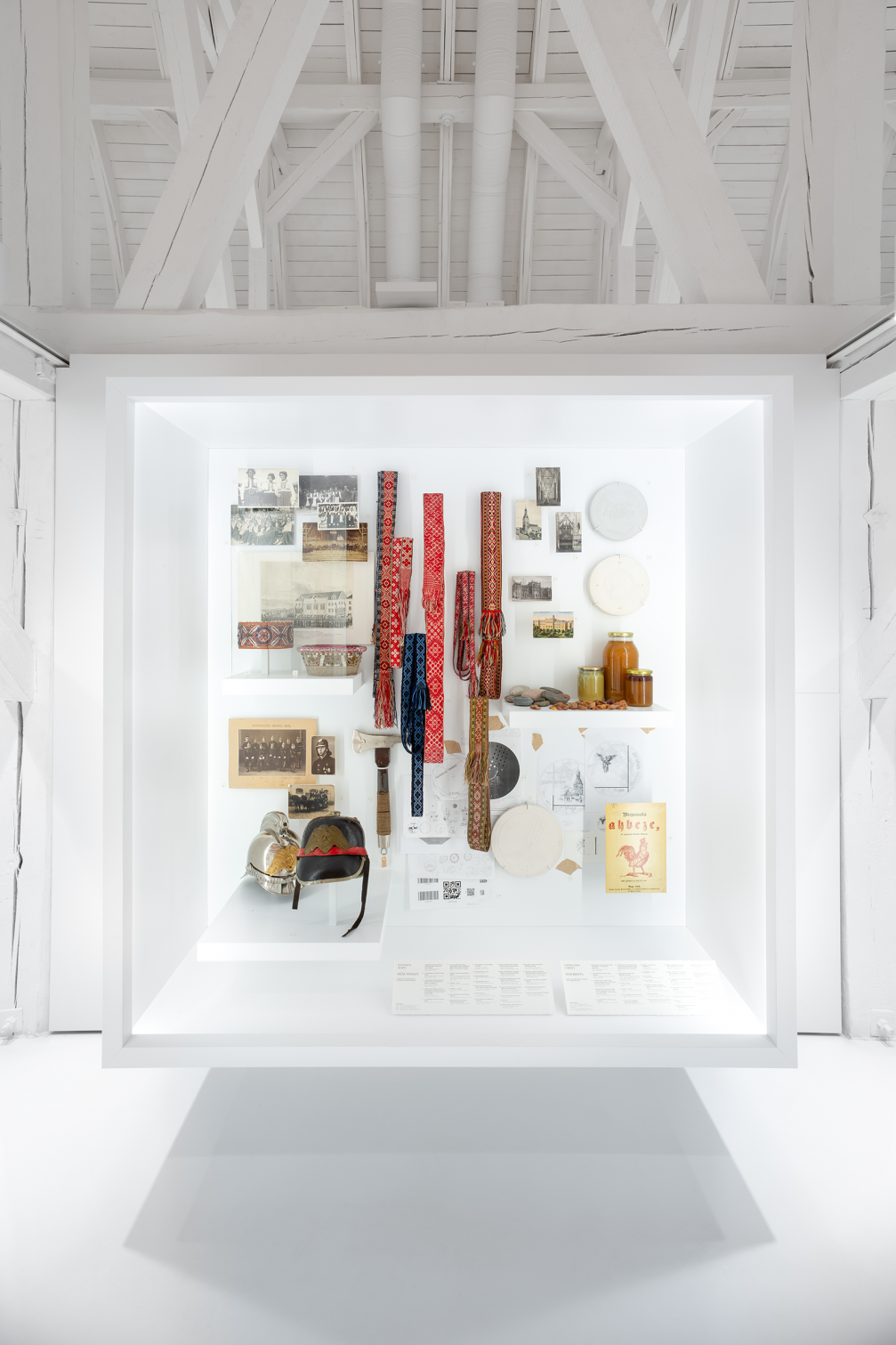
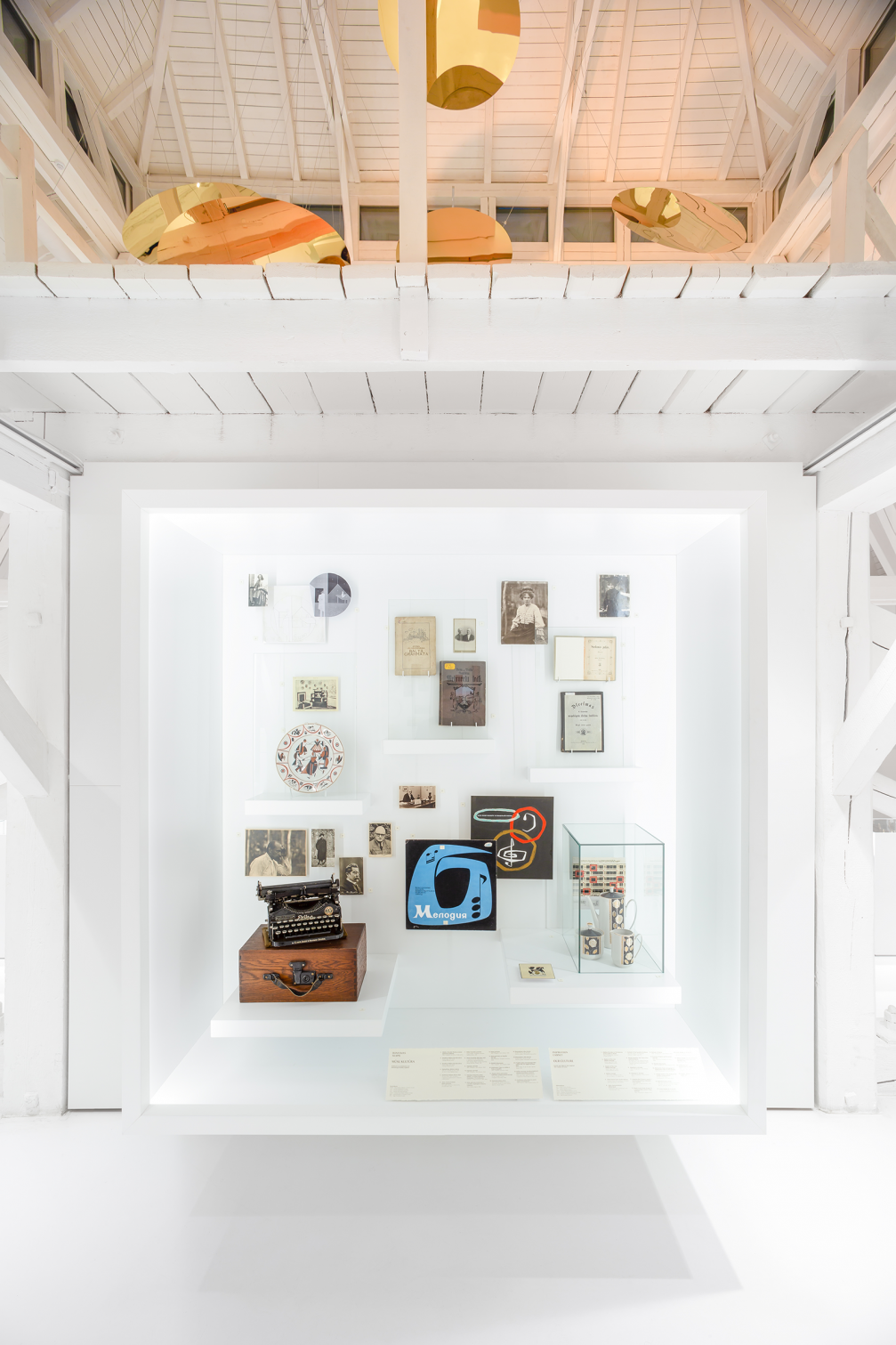
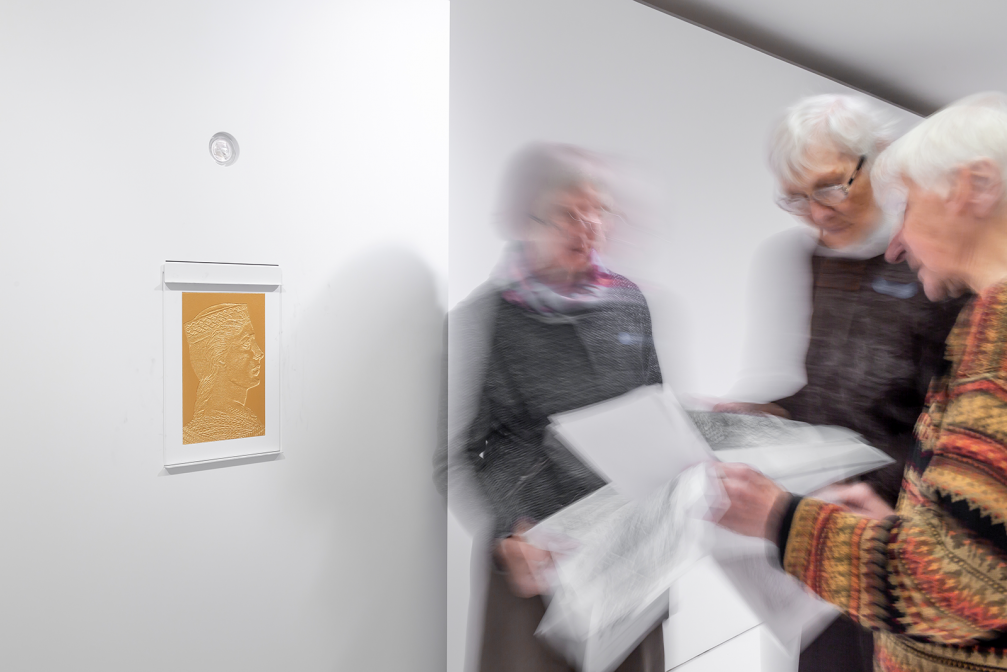
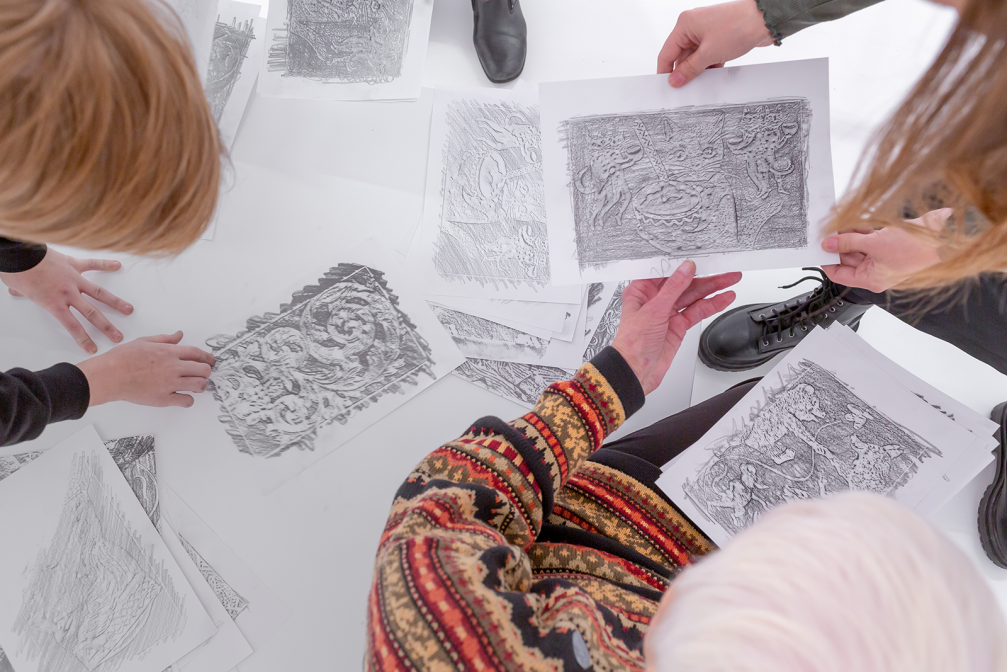
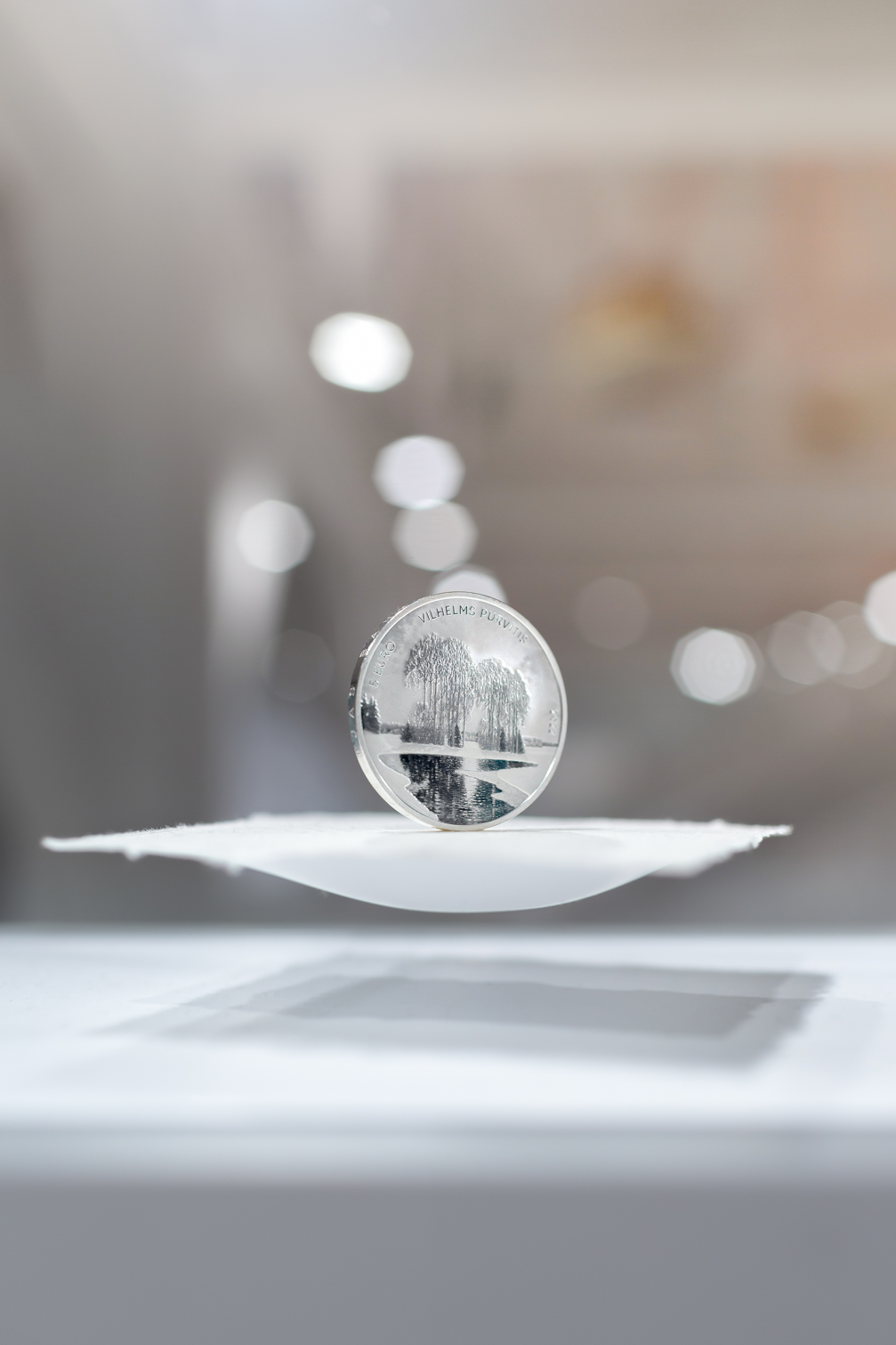
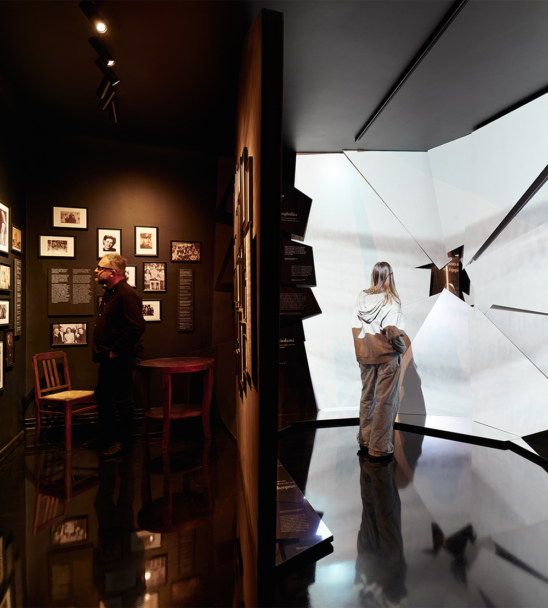
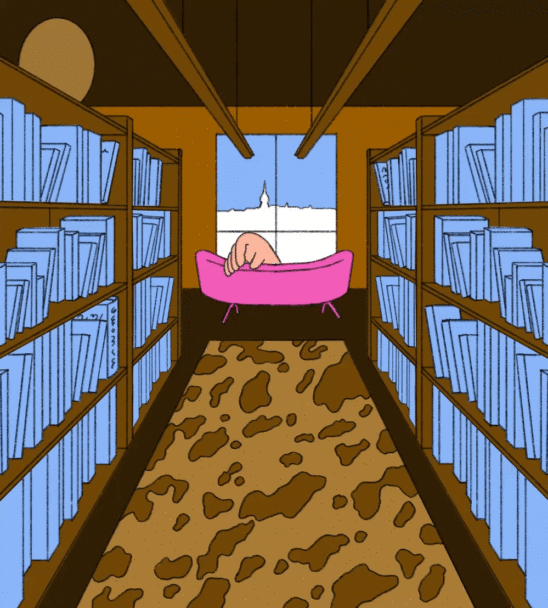
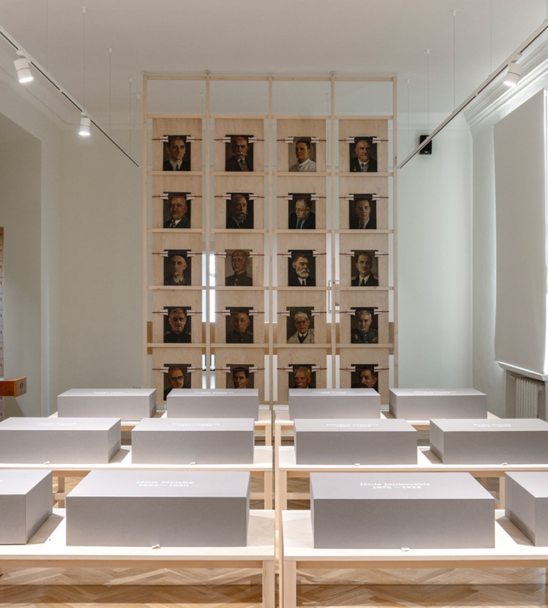
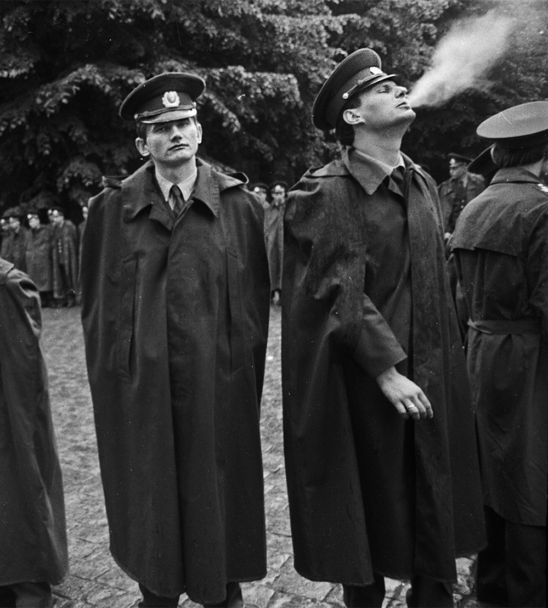
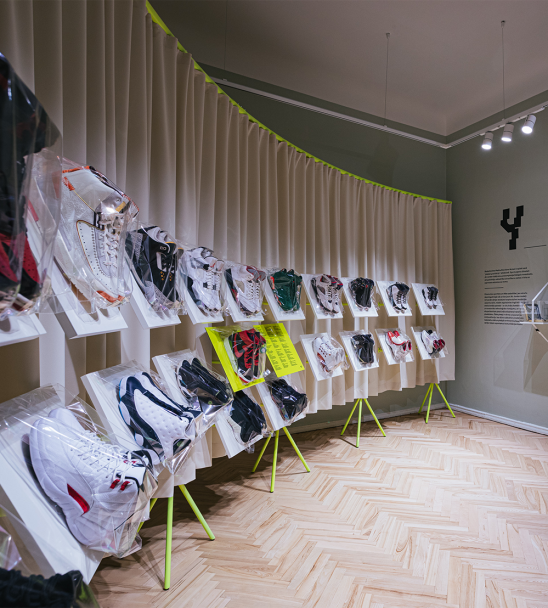
Viedokļi